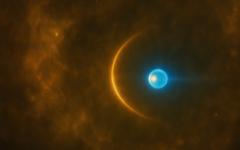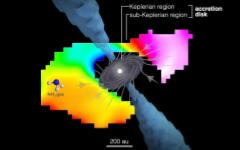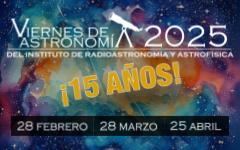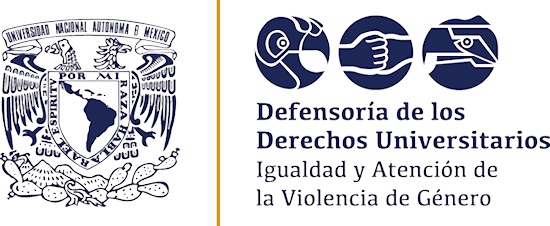Vladimir Escalante
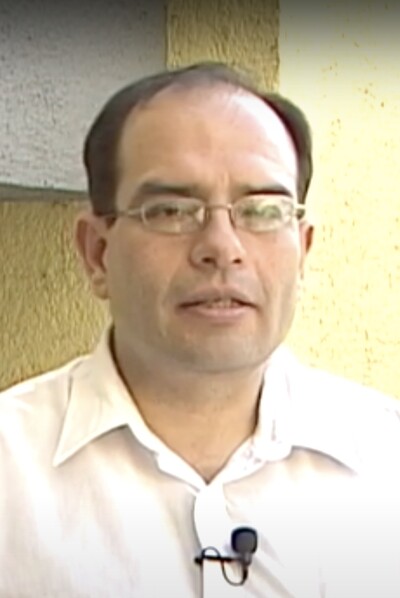
Research Interests: Atomic and molecular physics applied to astrophysics and geophysics; models, radiative transfer, and physics and chemistry of the interstellar medium.
Publication List: ADSOffice: 221
Phone: +52 44332 22759
Email: xm.manu.ayri@etnalacse.v
Personal Website
Dr. Vladimir Escalante received his undergraduate degree in physics from the National Autonomous University of Mexico (UNAM) and his PhD from Harvard University. He has been a researcher at the UNAM since 1988.
He is an expert in atomic and molecular physics and constructs photoionization models of planetary nebulae and HII regions around hot stars.
Dr. Escalante has represented the Institute of Radioastronomy and Astrophysics on the Academic Council in the area of physical-mathematical sciences and engineering (CACCFMI) of the UNAM.


